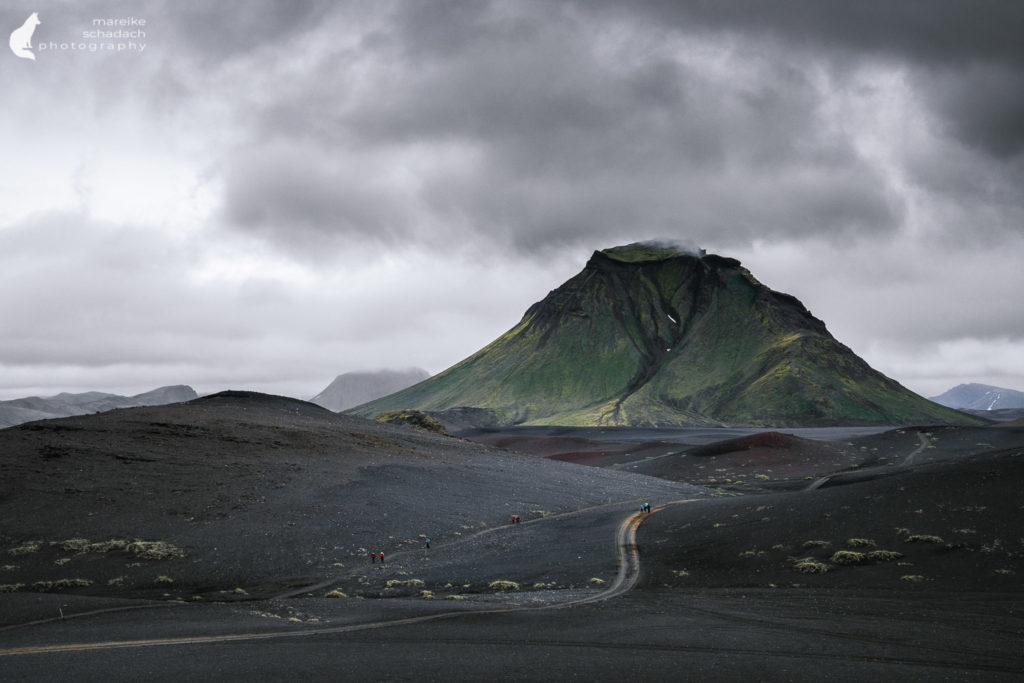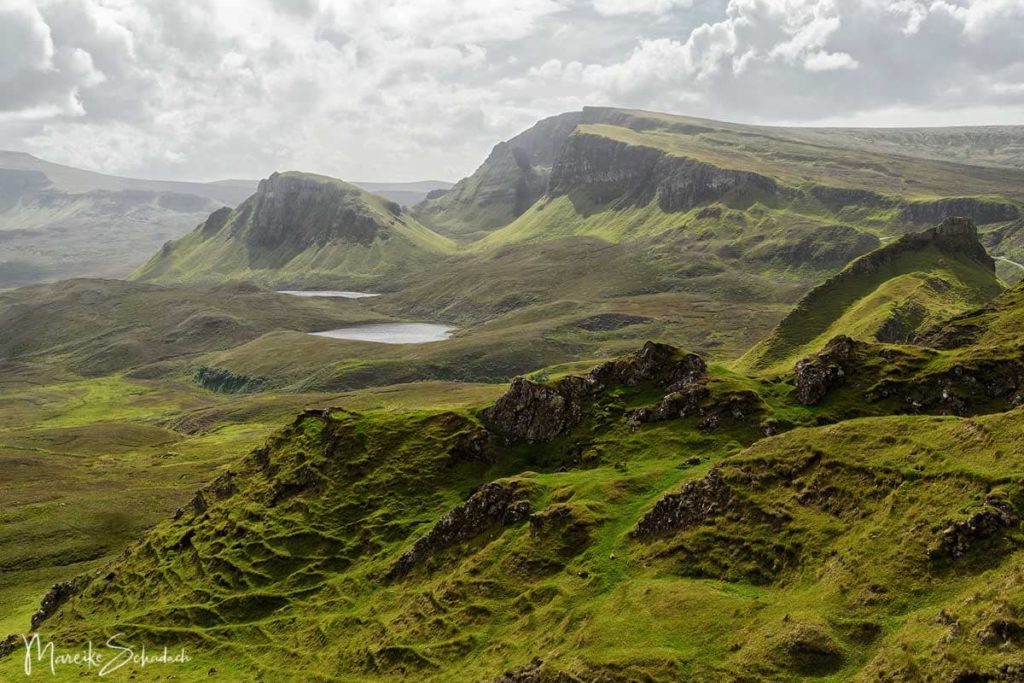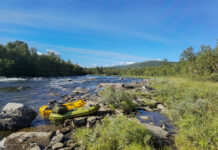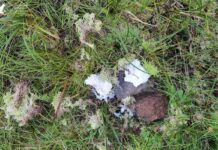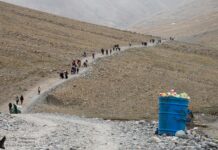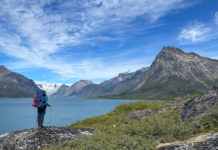In my hometown, a rogue poured detergent into the fountain in the marketplace one night. The morning after, you could hardly see the fountain anymore because of all the foam. The children were delighted and played in the soap bubbles. Around noon, the city's sanitation department pulled the plug, rinsed a bit and the soapy water flowed into the sewage treatment plant. There, special bacteria took over the decomposition of the soap residue.
But what actually happens to soap residues in nature? Is it enough to buy biodegradable eco-soap? Can you soap yourself from top to bottom and then jump into the lake to rinse off? To these questions, there can only be a clear NO! Why this is so and how to do it better you will learn below.

Waters are not Washbasins but Sensitive Habitats
Waters and riparian zones are important habitats for animals and plants. For many species, the transition areas between land and the waters are important as breeding grounds and nurseries.
The riparian zones are particularly sensitive and unfortunately also exposed to the most disturbances. The most obvious is mechanical damage caused by trampling, visual pollution caused by washed-up garbage, or food leftovers from washing up. Shoreline and shallow water areas are often sheltered and the water remains here longer and is warmer than in the open water. As a result, residue from washing water is less likely to spread through the water in these areas. Even a small amount of soap can change the pH value here to alkaline and thus impair the living conditions of many animals and plants. In addition, soap reduces the surface tension of water, which becomes a problem for water striders and backswimmers. The nutrients introduced with the soap cause algae and aquatic plants to grow beyond normal levels. The water becomes turbid, the oxygen content decreases due to increasing biological degradation processes, and the species composition in the lake may change in the long run.
By the way, the Water Resources Act stipulates in §9 that the "discharge of substances into water bodies" is prohibited and that according to §5 everyone must comply with a general duty of care.
The best reason not to wash in water on a trekking tour is not the regulation but nature itself.
What does it mean to be biodegradable?
Biodegradable soap sounds pretty good. But what does that actually mean? First of all, it means that the soap is biodegradable. This means that there are microorganisms that can break down the substance within a certain time under certain conditions. In most cases, these are optimal laboratory conditions. Degradation means decomposing a substance via various intermediates to carbon dioxide and water as well as minerals.
The problem is that the bacteria that do this live mainly in the soil. They are most active when it is warm and there is enough oxygen in the soil. So the hair shampoo and dishwashing liquor will last quite a long time in the cold water of a lake in northern Sweden
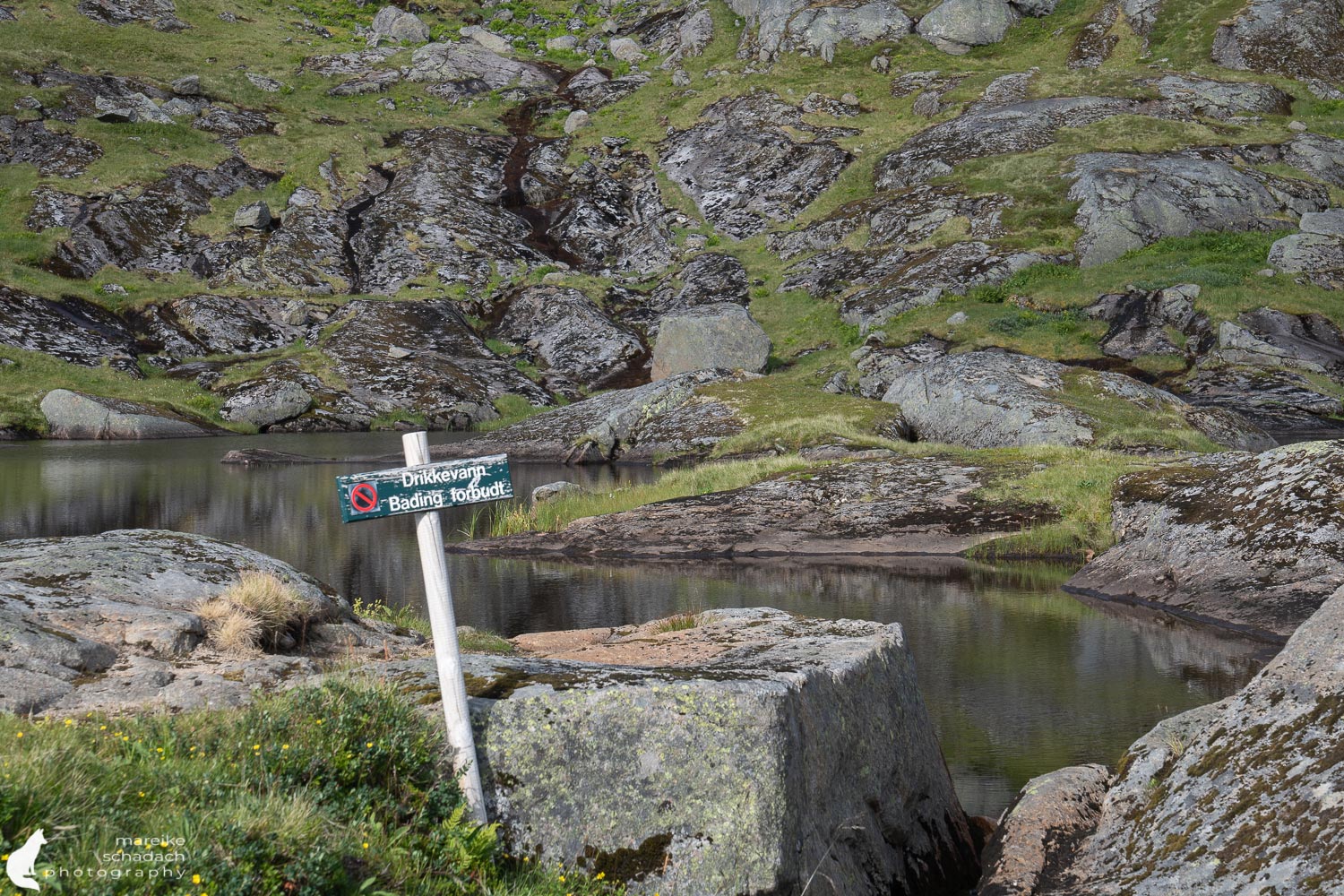
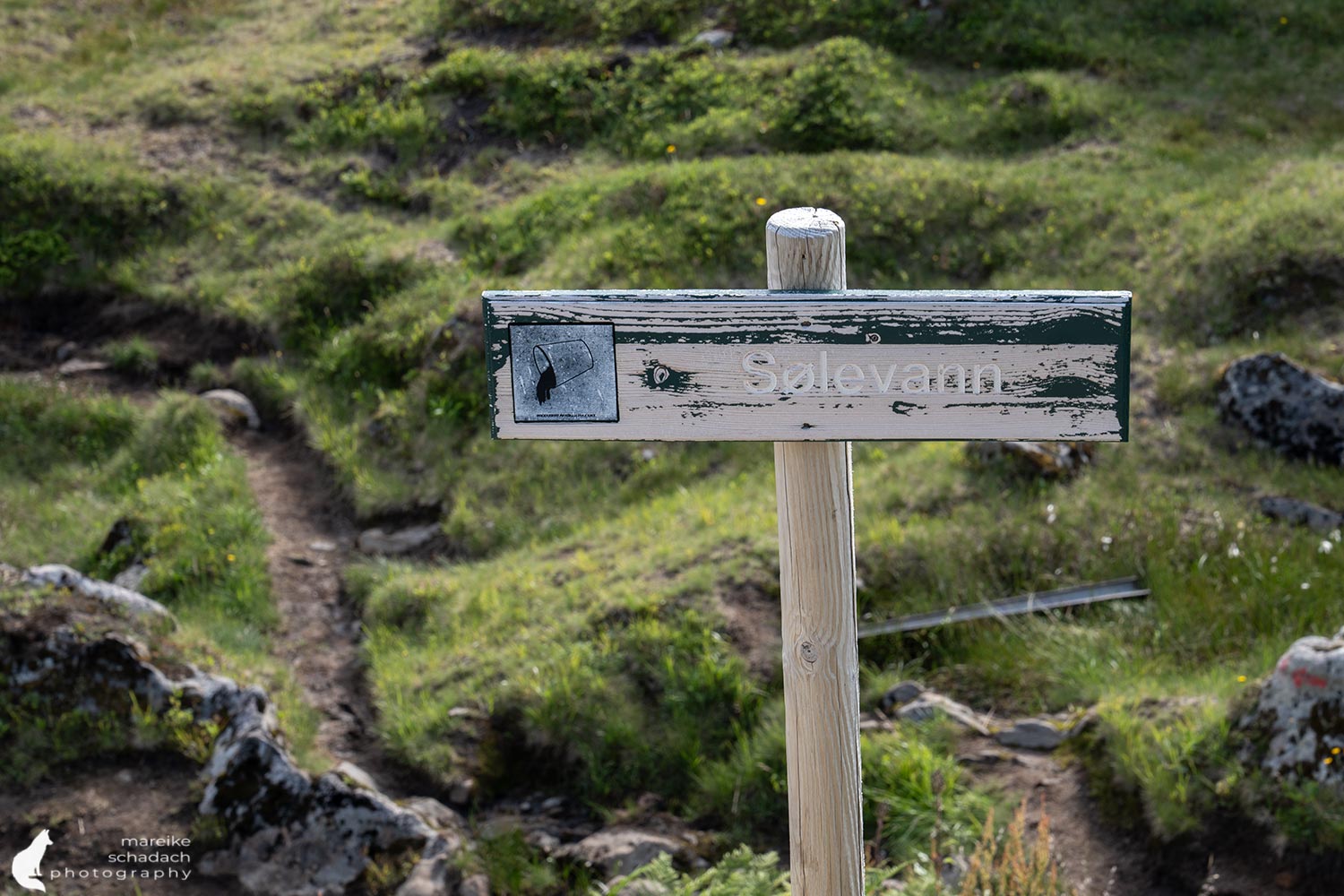
Drinking Water becomes a Source of Disease
I just returned from two treks in Lofoten and northern Sweden. In one bay in Lofoten, the water in the streams was so contaminated that signs warned against drinking untreated water. In northern Sweden, several cabins along the Kungsleden were closed because of increased gastrointestinal infections from contaminated water. In addition to the use of water bodies as sinks, the main cause here was that many hikers didn't care where they did their big business.
The Daily Soap Opera - Washing on Trekking Tours
Simple and proven: the "Cat Wash"
First, the simplest solution that I personally like best and has worked well so far. Cat wash with clear water or if necessary with wet wipes. The latter then go into the garbage bag and are disposed of after the tour. This cat wash works well for me, because I am usually out and about in cold areas and dress in such a way that I do not break into a heavy sweat when strenuously walking uphill with a backpack.
At least 60 Meters Distance from the Body of Water
This applies not only to a full bath in the lake but also to brushing teet, washing clothes and dishes.
For soap, only biodegradable products make it into my backpack. Various manufacturers advertise camping soaps and detergents for the outdoors. If you take a closer look at the descriptions of the products, you should find the hint that these products must not be put into the water and must be used at a distance from the water. This also applies to biodegradable soap! In nature, this is also mainly degraded by bacteria that live in the soil. As a rule of thumb, remember 60 meters distance from the body of water. Then dispose of the water above ground by spreading it over a large area. To transport the water, I use my two 1-liter Nalgene bottles and a waterproof packsack.
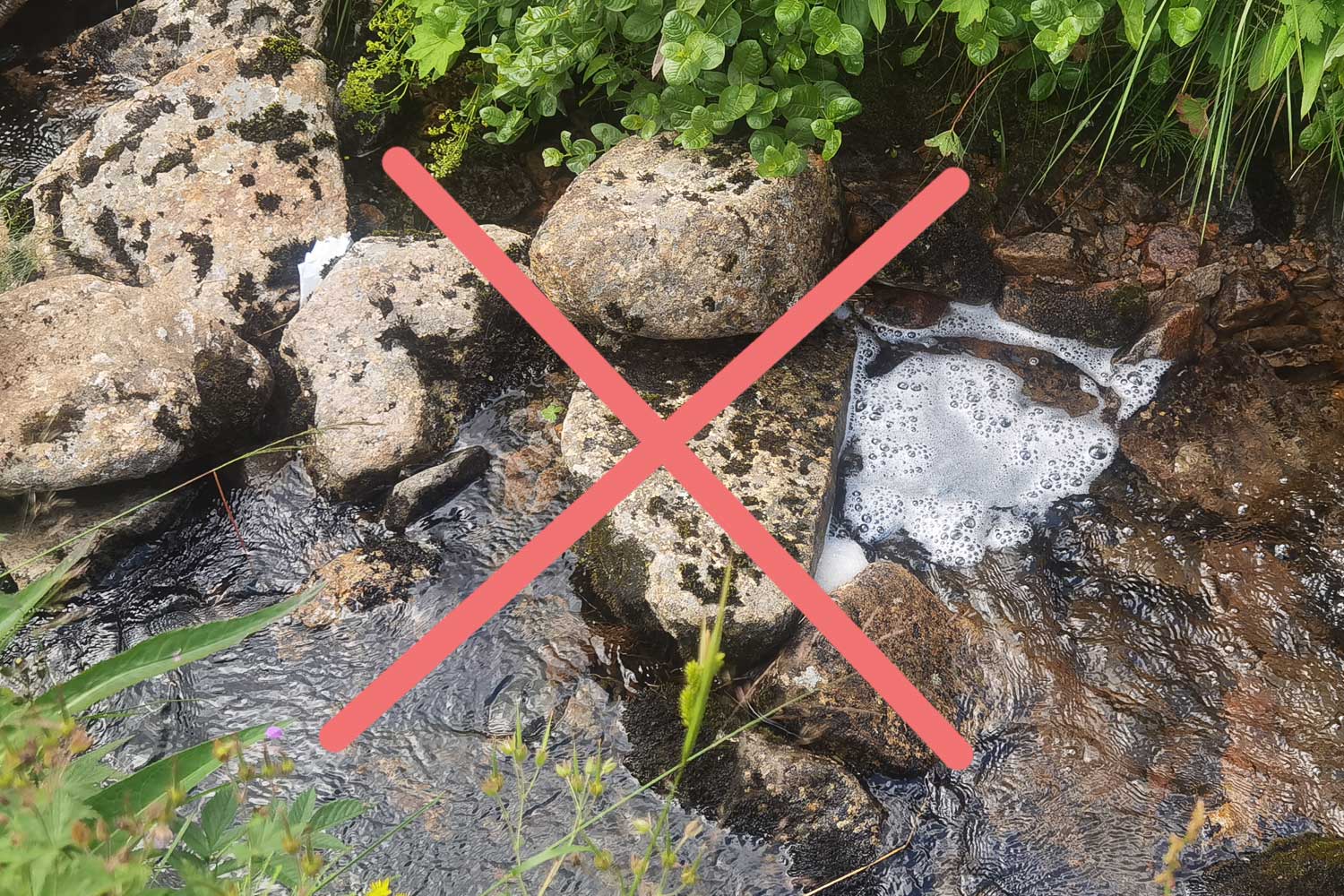
A hairy Affair: Hair Washing on Trekking Tour
Washing my hair is a bit more difficult. With my long hair, I need quite a lot of water and also soap. Therefore, I prefer to wait until the next campsite or the next permanent accommodation. If I have to wash my hair on the trail, I fill water into a waterproof bag with a large opening and then dip my head into it. While I soap my hair, I close the roll-top closure of the bag and have both hands free. To rinse, I dip my head back into the bag and rinse again with fresh water. I catch all the wash water in the bag. If I still have laundry to wash, it now goes into my "tour washing machine". Then the water is distributed over a large area in a suitable place.
Washing Clothes and Dishes without Soap
When washing dishes, you can often do it without soap. Dried-on residues can simply be left to soak, rubbed off with sand and grease can be dissolved with hot water.
Even a sweaty T-shirt or used socks become wearable again after a longer soaking in water - without soap. What also helps is choosing the right material: for years, I've relied on merino shirts and socks, because they smell less quickly and are still warm when wet.

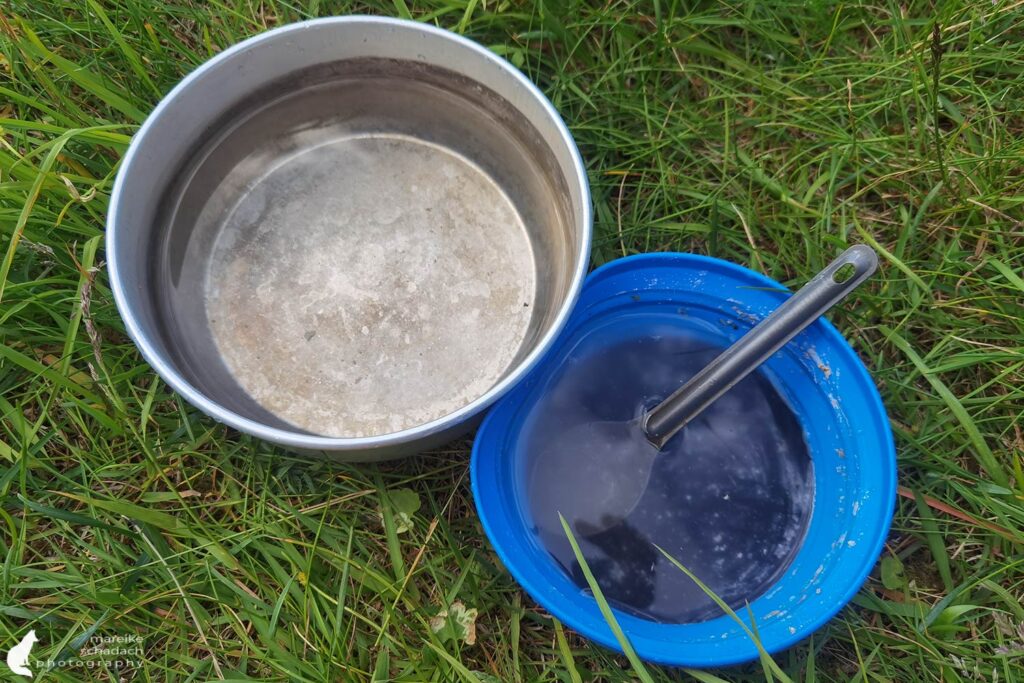
More Tips for Washing on Trekking Tour
- Shower and wash clothes best at a campsite.
- Use organic soap = no synthetic substances, parabens, silicones, dyes, artificial perfume, microplastics, palm oil and no animal testing! Avoid essential fragrances as these are also slow to break down.
- Trekking soaps are highly concentrated, so use them sparingly.
- You can reduce plastic waste with solid shower and hair soap.
- When brushing your teeth, don't spit all the toothpaste onto one plant, but spread it out like a spray fountain.
- Use hand sanitizers that don't need to be rinsed off to wash your hands without worrying about sewage disposal.
- Where fresh water is scarce, it is better not to swim in streams or ponds. Sunscreen and insect repellent can quickly contaminate these vital water sources.
Book Recommendations for Nature Lovers
You want to know more about nature-friendly camping and traveling? Then I can recommend these books*.
You can order these books at Amazon with a click on the pictures. If you buy a product via one of these affiliate links, I get a small commission and you help me to keep filling Fernweh-Motive with interesting articles. The product will not be more expensive for you.
Do you have any questions about my article? If yes, then write me a comment!
Want to know when there are new articles on my blog? Then follow me on Facebook, Pinterest or Instagram. I am also very happy if you share my article with your friends.
Recommendations for further Reading
Do you love long hikes as much as I do? Then you might also be interested in my articles about the Laugavegur in Iceland or about the The 9 most beautiful Hikes on the Isle of Skye.
